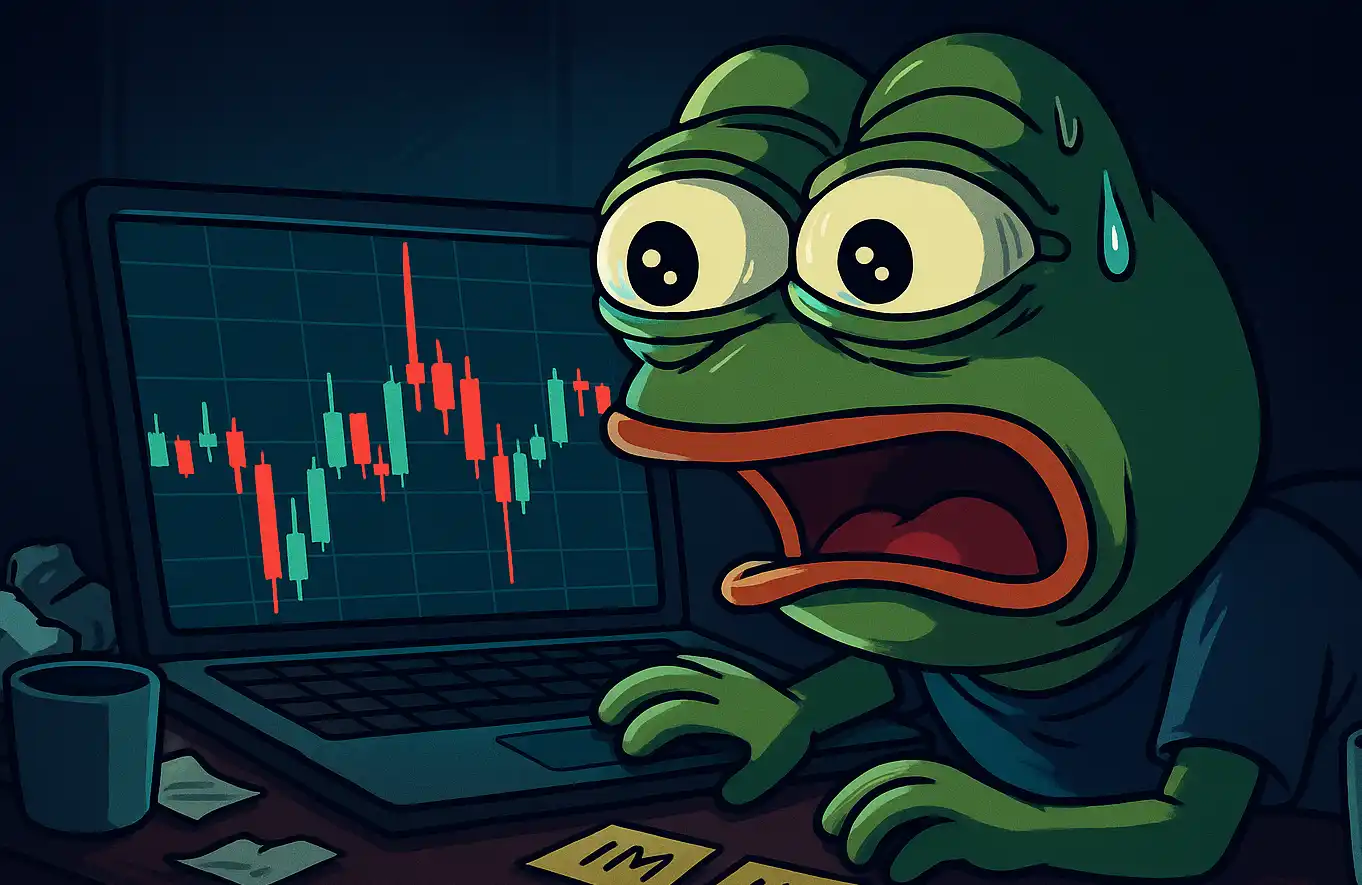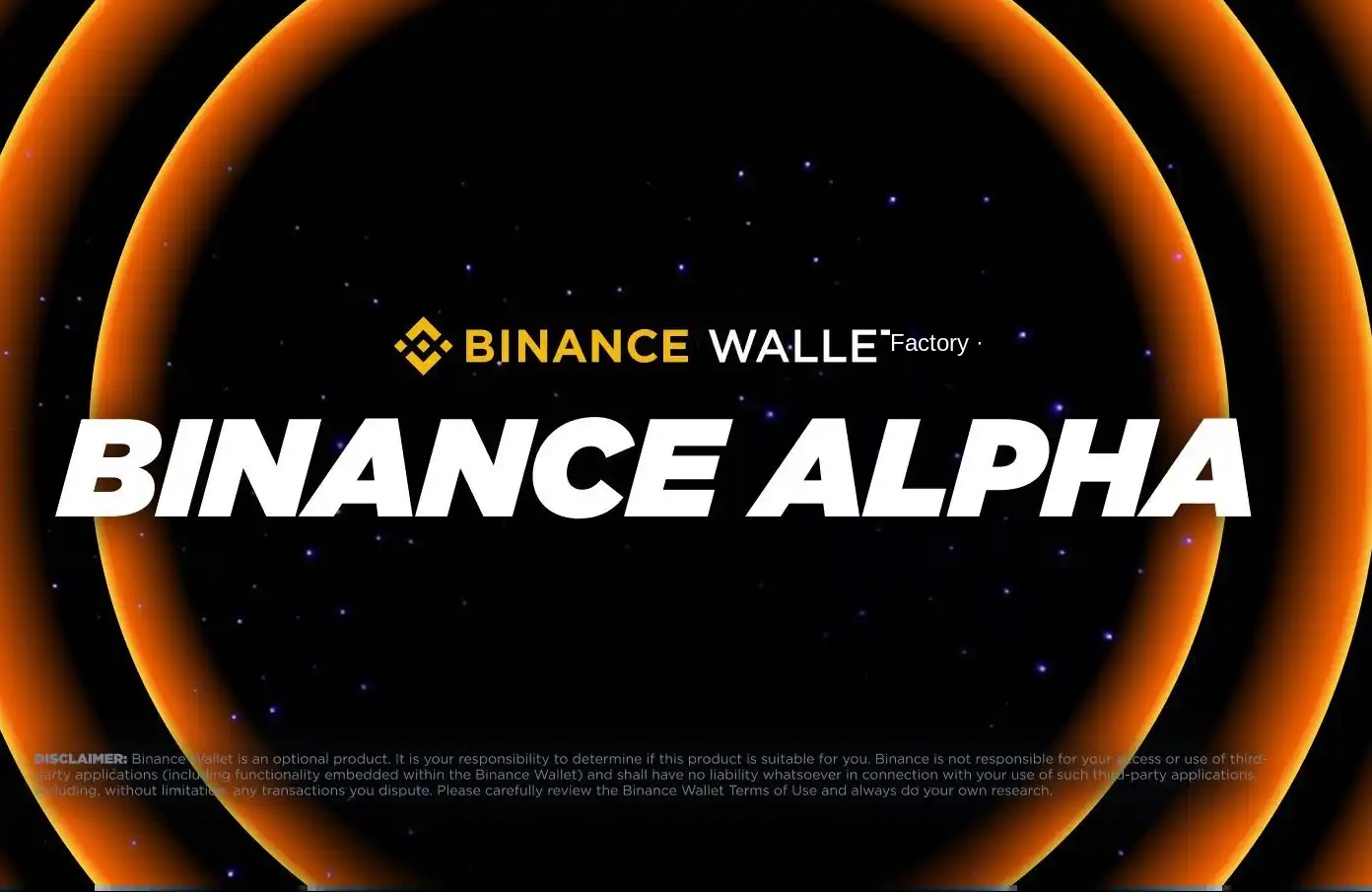Top Cryptocurrency Wallet, Is Binance Alpha Based Solely on a Points Mechanism?
In every cycle of the crypto market, there will always emerge certain innovative mechanisms that become hot topics driving industry development. Earlier, Binance introduced Launchpad/Launchpool, which was exactly that. By rigorously screening and reviewing projects, simplifying user participation processes, and immediately providing matching and liquidity support once the project goes live, Launchpool quickly grew to become an industry benchmark in just a few months.
Several now-prominent star projects originally completed their fundraising and bootstrapping on the Launchpool platform. Leveraging Binance's global user base and deep liquidity, these projects were able to quickly generate market effects. Historical data has repeatedly validated their value, with projects' average ROI consistently maintained at a high level in the long term, making it widely regarded as one of the most reliable early-stage investment channels.
In this current cycle, Binance has introduced a new mechanism called "Binance Alpha." Alpha sparked widespread discussion upon its launch, with some seeing it as a new value discovery tool in the crypto market, providing users with stable returns and early opportunities. However, some investors complained that Binance Alpha projects often peak upon launch, attracting more opportunistic users rather than bringing genuine incremental value to the projects.
It is in the midst of this controversy and discussion that the Binance Alpha project has also surpassed its 100th phase.
15 Consecutive Weeks Topping the Crypto Wallet Trading Volume Chart
Binance launched Binance Alpha on December 17, 2024. Initially, it was just an experimental discovery tool in the Binance Web3 wallet used to identify potential projects. In the early stages, the projects launched on Alpha were mostly focused on Meme and AI tokens. Starting from early 2025, the scope of Alpha gradually expanded to non-Meme tokens.
Then, the real turning point occurred in March 2025. Binance Alpha iterated to 2.0, introducing Alpha Points and directly integrating with centralized exchanges (CEX), allowing users to participate in Alpha token trading directly with their exchange account funds without additional cross-chain operations. Data shows that on March 18, Binance Wallet's daily on-chain transaction volume reached $90.556 million, accounting for 54.1% of the total crypto wallet race track trading volume for that day, ranking first in the market. Its daily trading volume grew over 24 times compared to early March. The number of active trading users also topped the chart with 28,103 users, representing 29.5% of the total active traders on the track.
The latest data shows that the transaction volume generated by the Binance Wallet accounts for 93.7% of the total transaction volume in the crypto wallet race track, and has maintained a share of over 90% for 15 consecutive weeks.

47.5% of Alpha Projects Launched on Binance Smart Chain
Of course, some users attribute the high transaction volume of the Binance Wallet to the launch of the Alpha Points system. The points mechanism incentivizes users to trade frequently, thereby driving the overall wallet activity.
However, if the growth in transaction volume is solely attributed to Alpha Points, it would undoubtedly oversimplify the product iteration and ecosystem operation of the Binance Wallet. The Alpha Points system is more like a catalyst, and what truly underpins its high growth is a systematic logic formed by product experience optimization, wealth effect release, and project ecosystem support.
The Alpha Points rules require users to maintain trading and asset holdings within a certain period to have the opportunity to receive airdrops or subscription qualifications for future projects. For many users, this is a low-threshold way to participate, requiring only daily trading to have the opportunity to capture future returns. Undoubtedly, this mechanism can effectively increase user transaction frequency in the short term. However, in the long run, the dividends brought by the points may gradually weaken as the number of high-quality projects becomes scarce. Therefore, the points themselves cannot be the sole explanation for the long-term growth of the Binance Wallet.
This brings us to the strategic positioning of Alpha 2.0, bringing early-stage crypto projects directly into the Binance Wallet and trading platform ecosystem.
For projects, through airdrops or presales, they can quickly gain initial exposure in the Alpha market and accumulate initial liquidity. For users, they can discover potential projects at the earliest time and enjoy the early project benefits. For Binance, this is a new mechanism that bridges CEX and DEX, allowing users to seamlessly perform decentralized operations within a centralized exchange.
Data shows that Binance Alpha has launched a total of 294 projects so far, with 114 projects already launched in the contract market and 36 projects launched in the main spot market. If only the 152 Alpha projects that underwent TGE, airdrops, and Booster are counted, 72 projects have entered the contract market, and 23 projects have entered the main spot market, accounting for 47.5% and 15%, respectively. There are a total of 115 controversial points airdrop projects, of which 54 have entered the contract market, and 18 have entered the main spot market, accounting for 46.9% and 15.7%, respectively.

This token distribution, trading, and mainnet listing mechanism is essentially a fusion of CEX and DEX, similar to how Binance Alpha 2.0 users can directly perform DEX operations on a CEX. Users can enjoy the openness and early benefits of the decentralized market while also benefiting from the security, compliance, and deep liquidity of centralized exchanges. For project teams, this is a low-cost, high-efficiency platform for fundraising and promotion. For Binance, it is a bridge that unites Web3 users and CEX users in the same ecosystem.
High ROI and Strong Liquidity
If we calculate the ROI based on the project's closing price one hour before Alpha listing and the highest daily closing price after listing, the average ROI of Binance Alpha projects is as high as 227%. Among them, there are projects with an ROI of over 1000%, such as AIOT, SHELL, M, and others. More notably, out of all projects, 132 projects have an ROI of over 50%, while only 49 projects have a negative ROI. This means that the vast majority of investors in the Alpha ecosystem have achieved significant positive returns.
The wealth effect brought about by this high ROI has become the strongest driver for the Binance Wallet to attract and retain users. Whether through a point reward mechanism or high project returns, essentially pointing to the same fact—users choose to stay because they can really make money here. In stark contrast, although other trading platform wallet products have also tried various incentive plans, they often fail to generate a similar wealth effect due to a lack of high-quality project support, ultimately struggling to maintain long-term user activity.
Such achievements are not accidental. Compared to other platforms that often chase short-term trends, Binance Alpha is more strict in project selection, focusing more on long-term potential and market value. This allows Alpha to maintain a high ROI while significantly increasing the overall project success rate compared to its peers.
Mere data showing high ROI is nothing more than a numbers game. What sets Binance Alpha apart and ahead of the industry is its extremely strong liquidity. Almost all listed projects can achieve tens of millions in trading volume at the opening stage, with depth levels sufficient to support large fund flows.
According to CoinMarketCap data, Binance Alpha projects have reached a daily trading volume of $4.4 billion. Even after excluding trading pairs such as KOGE and BR, which are widely seen as conducting substantial volume washing, the average daily trading volume can still be maintained at over $1.5 billion, a level that matches Bitget, Bybit, and Coinbase.

Image Source: CoinMarketCap
For investors, the significance of Binance Alpha lies in its ability to simultaneously meet the market's two most crucial needs: high ROI and strong liquidity. Supported by these two dimensions, Alpha is not just an investment channel, but also an ecosystem gateway.
As TaleX Protocol founder Chari.eth put it, all I needed was a place to distinguish our token from thousands of tokens with the same name and allow users to easily trade through a CEX. Just imagine if you had invented Bitcoin back then, wouldn't this be exactly what you needed? From this perspective, Binance Alpha perfectly meets my requirements.
Welcome to join the official BlockBeats community:
Telegram Subscription Group: https://t.me/theblockbeats
Telegram Discussion Group: https://t.me/BlockBeats_App
Official Twitter Account: https://twitter.com/BlockBeatsAsia
 Forum
Forum

 Finance
Finance
 Specials
Specials
 On-chain Eco
On-chain Eco
 Entry
Entry
 Podcasts
Podcasts
 Activities
Activities
 OPRR
OPRR








